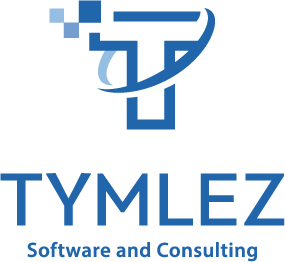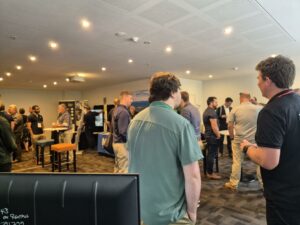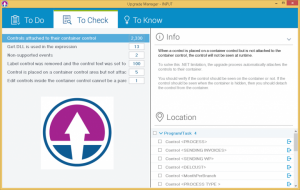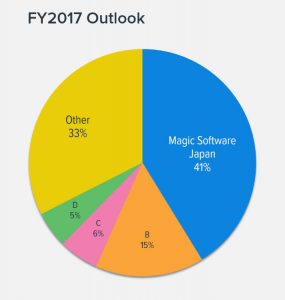Old Systems, New Power: Unlocking Value Through Integration

Bridging the gap
How businesses are modernising without starting over.
It’s no secret anymore. The divide between technology departments and overall business objectives has disappeared. Today, almost every company operates as a technology-driven business. The decisions you make around the technology you adopt directly influence your efficiency and your bottom line.
From manufacturing workflows to payroll, from supply chain logistics to procurement, every function in a business now relies on some form of technology. As businesses rushed to digitise, many ended up creating a new kind of problem. Their systems became automated and efficient, but also increasingly disconnected from one another.
The challenge of disconnected systems.
In the past, businesses used desktop-based tools and systems that supported individual tasks. These tools worked well for their intended purpose, but they did not communicate with each other. Staff had to manually consolidate reports and data, comparing them with data from other systems to give an overall picture of the business.
As technology evolved, so did the software landscape. Business processes started getting automated. End-to-end workflows began to benefit from automation, boasting paperless processes and faster operations.
To play catch-up with the trends, it wasn’t uncommon for businesses to go shopping for solutions.
These could include:
Many organisations opted for custom systems, built by specialised software houses or developed in-house by IT departments. They were tailored to meet the specific needs of the business function or department.
Over time, these standalone systems grew larger and more sophisticated, offering powerful functionality within their specific domains. However, they remained isolated from one another. While each system might have performed exceptionally well on its own, the broader view of the business remained fragmented.
Integration between platforms was often limited or non-existent. Interfaces were inconsistent, making communication between systems difficult.
The result? Valuable insights remained hidden, strategic decisions became harder to make, and the full potential of digital transformation stayed out of reach.
Solving the puzzle
Integral has been instrumental in helping businesses overcome these challenges. We piece together the jigsaw puzzle to provide a clear and cohesive view of the entire business.
Integral makes it possible to bridge the gap. We enable legacy and modern systems to interface and integrate, allowing you to see the full picture. You can finally take advantage of modern-day advancements in data analytics, without having to move away from the systems you’ve already invested in.
Maybe you’ve implemented SAP or JD Edwards for some functions but still rely on legacy in-house systems for others. You might still store valuable data on mainframe systems or AS/400 databases. Your inventory may be managed through a custom-built Unix system. Meanwhile, competitors are using real-time dashboards and applying analytics to aid decision making.

The path forward
Talk to us to learn how we’ve been helping businesses consolidate the outcomes of old and new systems, streamlining operations, and improving decision-making through analytics and forecasting across different verticals.
We use proven tools and techniques to break down silos and give businesses a competitive edge. You don’t need to throw out the old to bring in the new. With Integral, you can modernise your IT systems while preserving the investments you’ve already made.






